To preserve the smile and try to maintain the health of the teeth and oral cavity as much as possible, there are many good daily practices. In addition to making sure to always carry out an "excellent oral hygiene, one of the good intentions to pursue is also to stay away from sweets as much as possible, especially candies, or to brush your teeth immediately after eating them.
These culinary pleasures are often consumed throughout the day, as a tasty snack, but despite generating many good sensations, they can be quite dangerous for the health of the teeth.
However, there are many other foods that, on the contrary, help keep the oral cavity healthy, such as fruit.
, fruit can also be good for your teeth. In particular, some types.
Here are which ones.
Fruit that does not stick to the teeth
When it comes to oral hygiene, anything that doesn't stick to your teeth is welcome. As for fruit, the best specimens in this respect are apples, pears and grapes, because in addition to not sticking to the teeth, they leave the palate and oral cavity immediately clean after chewing.
But the benefits of the apple on the teeth do not end there. When it is eaten, in fact, the production of saliva in the mouth increases, thus favoring the elimination of bacteria and food residues.
It certainly can't be said that biting into it is like brushing your teeth using toothpaste, but doing it after a meal is a great way to cleanse your mouth, waiting for you to have the necessary to clean thoroughly.
On the contrary, fruits that have a good chance of leaving residues in the oral cavity or in the spaces between teeth, such as bananas, should be avoided as much as possible. This, in fact, can lead to the formation of bacteria, and consequently increase the risk of tooth decay.
Satisfying fruit
This feature generates an indirect benefit. If you regularly eat satiating foods throughout the day, you are less likely to want to snack on sweets and are harmful to your teeth.
Among the fruit that generates the greatest sense of fullness, we still find apples, but also pears. Both are rich in fiber, which in addition to satiating are incredibly beneficial for the whole organism, help to self-cleanse and clean the teeth and massage the gums while chewing.
But is there a better time of day than another to eat fruit?
Fruit rich in vitamin C
It is a known fact that vitamin C has remarkable beneficial properties for the whole organism, but not everyone knows that it is also very useful for preserving the health of teeth and gums. Specifically, vitamin C prevents gum inflammation and the decay of the collagen, without which, the gums lose their tone and risk collapsing, dropping and leaving the dental collar uncovered, often as a result of poor tooth brushing.
Kiwi and strawberries are among the fruits with the highest concentration of vitamin C, followed immediately after by citrus fruits. Another positive effect is that of preventing the natural yellowing of the teeth due to time and the consumption of beverages such as wine and coffee.
Although they are a cure-all, with some citrus fruits you should not overdo it. Grapefruit and lemon, in fact, have a highly acid content and can damage tooth enamel, so it is good to consume them in moderation and rinse your mouth very well immediately afterwards.
Berries and colorful varieties
Cranberry is also a fruit that is very good for the teeth, because it releases antioxidants that hinder the action of the bacteria responsible for caries. However, even in this case it is better to limit its consumption, in order to avoid a side effect, that is the dark pigmentation of the teeth and composite fillings and cements.
Similarly, colored fruit also helps a lot to preserve the health of the oral cavity, because it is rich in vitamin A, essential for strengthening bones and teeth. Melon, peaches, apricots, mangoes, papayas, cherries and watermelon, the most suitable varieties.
, enemy of teeth and kind, there is a study to support this thesis.A group of researchers, in fact, divided 30 healthy people into two groups, adding fruit to the diet of one, while nuts to that of the other. Although people in the fruit group ingested more fructose than those in the group of nuts, their gums were found to be relatively healthier and stronger during the two-month study period, probably thanks to the micro nutrients contained in the fruit.

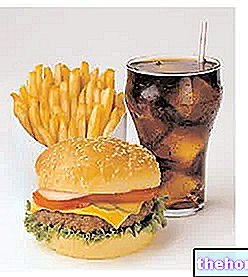

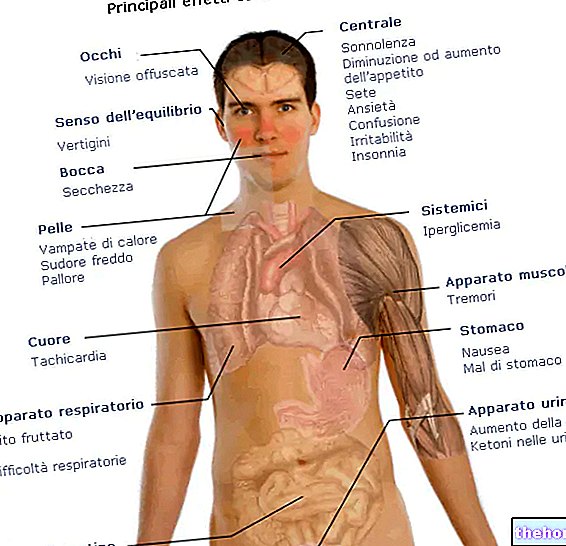
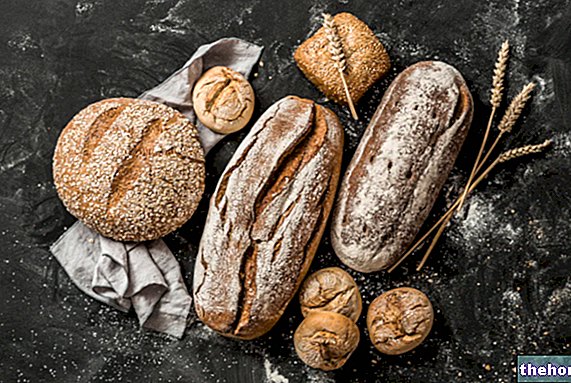
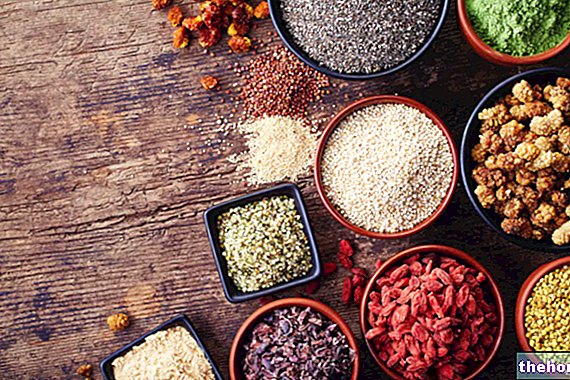
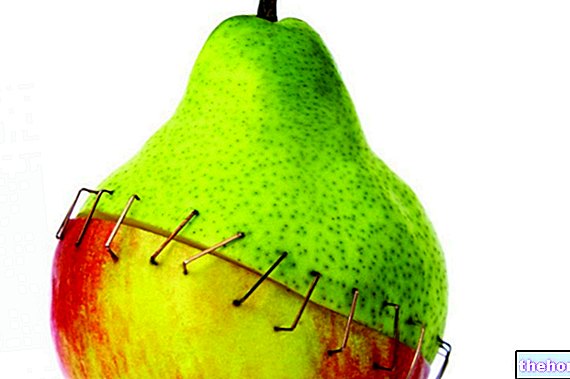


.jpg)


















